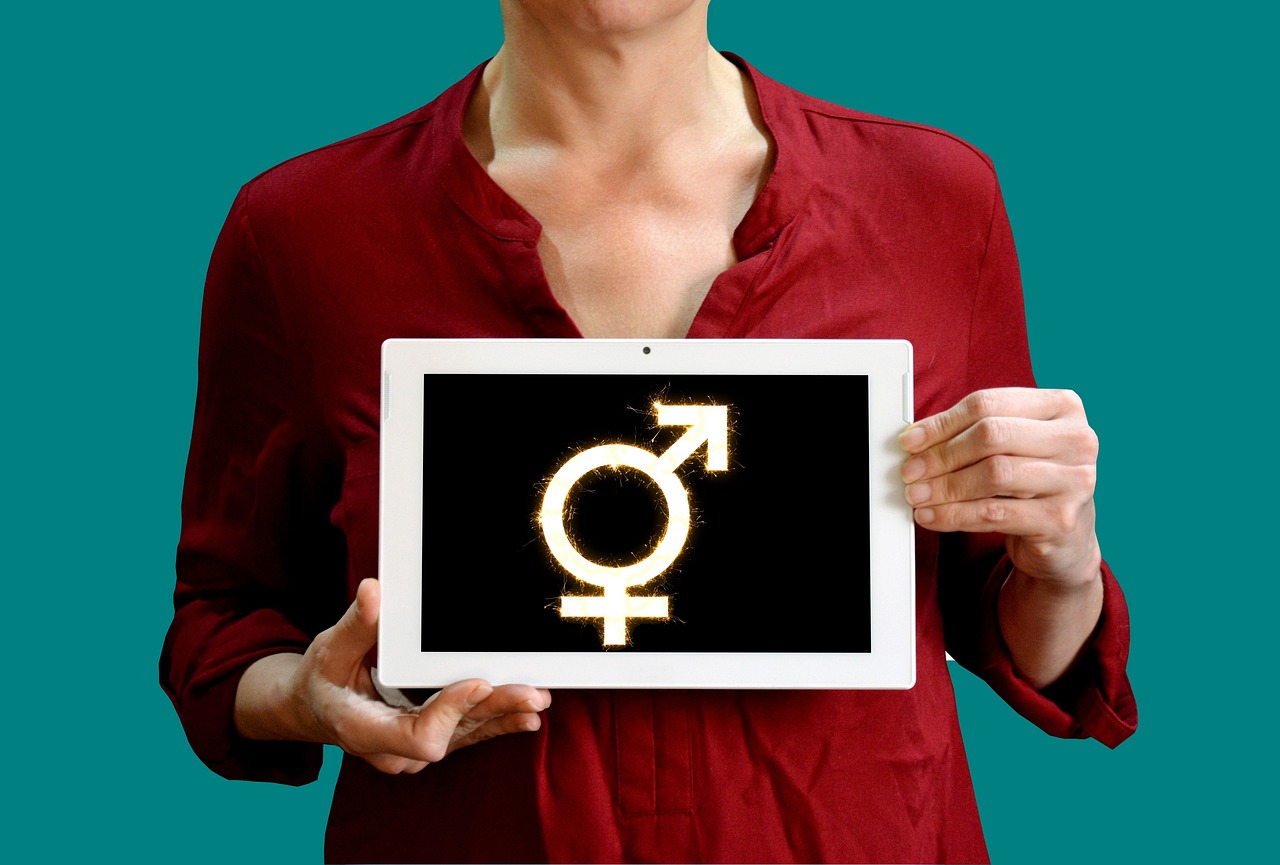Another Way to Look at Gender Dysphoria
When I hear a debate about transgender issues, I marvel at the certainty displayed by both sides of the argument. They can’t both be right…can they? Well, as unlikely as it seems, maybe they can. Cognitive science tells us why because it explains how the human mind perceives reality. You’ll need to entertain the possibility that there are two “realities” for everything.
If that sounds irrational, you’re not alone, but bear with me…it makes sense. It works like this: There is an external reality, the objective reality that exists outside of our minds. It’s an event that actually happened or a thing that actually exists. Let’s call it Reality A.
There’s also a Reality B, which is an internal, mental reality. We believe that this mental impression of the external reality is the same as the external reality, but it’s not. It’s only our mental perception of it. Reality B is what our minds perceive about the external reality, and as you already know, we can have enormously different ideas about reality…your Reality B can be radically different from mine even though they’re both based on exactly the same facts, the same Reality A.
Most of us believe that the only “reality” is the objective reality of the world around us and in our physical bodies. Everything else is a mental construct, and if it differs from the factuality of the world around us, it’s an illusion. It’s common to think that the trans community suffers from such an illusion, and that they knowingly or unknowingly are in denial of the facts.
But there are realities that have no existence in the physical world. Take love. Would you deny the existence of love? It exists only in our minds…does that make it unreal? Of course not. Colors don’t exist in the physical world either. The real world provides us with rays of light at different frequencies of electromagnetic vibration. But within our minds, we experience them as colors. Reality A of a rainbow is the refraction of light waves of different frequencies in the physical world, but when translated into our mental experiences, the Reality B about rainbows is that they are gorgeous arcs of light across a cloudy sky. Are you going to tell me that rainbows and love are mere illusions? Of course not. They, and thousands of other realities—including internal perceptions of gender—are realities, even though they exist only in the mind, and even though they sometimes differ greatly from the physical realities outside of our minds.
Reality A is what it is; Reality B is what we think it is, and they’re not always the same.
Our minds are built to think that the result of all this mental processing—our internal Reality B—is the one and only reality…not just a perception, but the only correct perception. You and I each see our Reality B as the only reality because our minds automatically see it that way. When we argue, I believe my Reality B is more accurate than yours, so of course, I “know” I’m right and you’re wrong.
You get the general idea. We have a lot of ways that our minds process our perceptions so that our internal Reality B can be dramatically different from Reality A, and also that my Reality B can be dramatically different from your Reality B. That’s why some people see Donald Trump as a hero and others see him as a bum. That’s why some people are deeply religious while others are atheists. That’s why some of us trust in vaccinations against Covid, while others believe vaccinations are useless, and maybe dangerous.
How does all that help us understand gender dysphoria a little bit better? It explains why some people’s sense of themselves (their Reality B) can be the opposite gender from the physical reality of their bodies (Reality A). It also explains why some people accept the reality of gender dysphoria while some reject it.
For trans people it actually can be the truth that, “My body is female [Reality A], and my experience is that I am male [Reality B], or vice versa. They can honestly and sincerely claim that “I am a male, and I can get pregnant,” or “I am a female, although my body has testicles and lacks breasts.” For trans people, their Reality B is the governing reality, the reality that defines their gender identity.
The debate arises from the fact that people on both sides believe that their Reality B is the only true reality. When you understand and accept reality as it works in the human mind, you can reach a better understanding of the seeming paradoxes of the transgender debate. That doesn’t resolve the debate or the paradoxes, but it does lend a more rational set of assumptions to our thinking. It helps us understand why people on the “other side” think the way they do.
None of that tells us how to deal with the debates about participation in sports, use of locker rooms and restrooms, gender reassignment in minors, use of pronouns, or any other situation that pits laws and cultural norms against internal perceptions of sex/gender. It doesn’t tell us how to determine if trans people can or should impose their experience of gender on others, or if non-trans people can or should impose their beliefs on the trans community.
Knowing how the mind can develop different perceptions of gender doesn’t resolve the conflicts, but I believe it gives us a more rational starting point for the debate.

